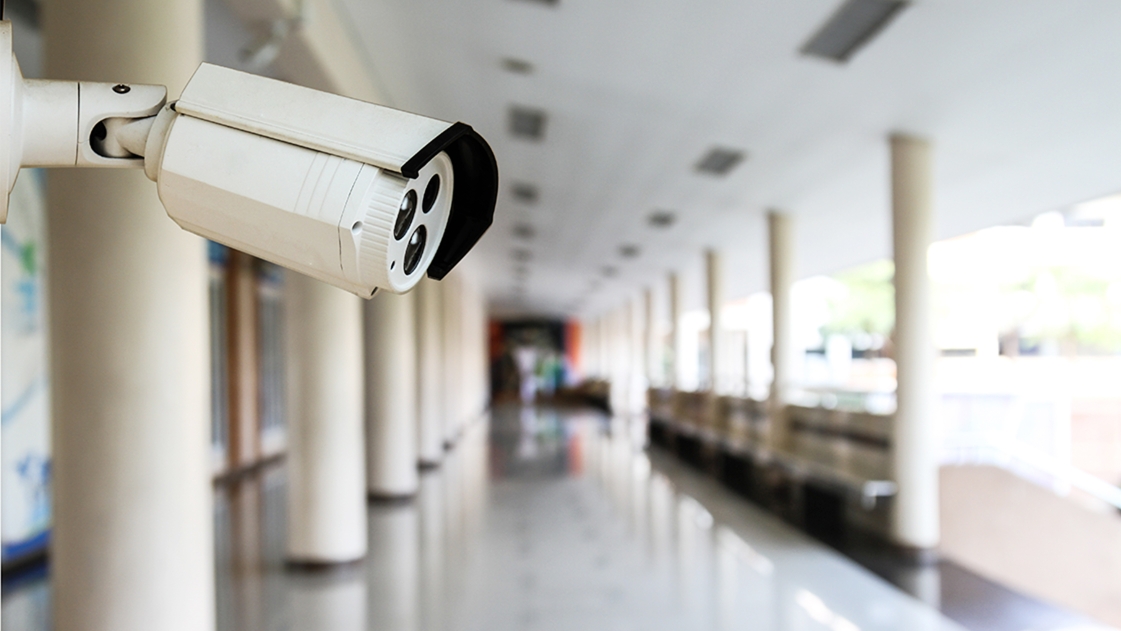In today's world, ensuring the safety and security of students, teachers, and staff in educational institutions is paramount. School security cameras play a critical role in creating a safe learning environment. These surveillance systems not only deter potential threats but also provide valuable evidence in case of incidents. This article will delve into the importance, benefits, key features, and considerations of implementing school security cameras.

Importance of School Security Cameras
Deterrence of Criminal Activities: The presence of security cameras acts as a strong deterrent to criminal activities such as vandalism, theft, and bullying. Potential wrongdoers are less likely to engage in such behaviors when they know they are being watched.
Enhanced Safety: School security cameras help monitor and control access to school premises, ensuring that unauthorized individuals do not enter the school grounds. This is particularly important in preventing incidents like school shootings and abductions.
Monitoring Student Behavior: Cameras can help in observing student behavior in various areas such as hallways, playgrounds, and cafeterias. This can assist in identifying and addressing issues like bullying, truancy, and other behavioral problems promptly.
Incident Investigation: In the unfortunate event of an incident, security cameras provide crucial evidence that can help in investigations. Footage from cameras can clarify what happened, identify those involved, and assist law enforcement agencies in their work.
Parental Reassurance: Knowing that their children are in a secure environment gives parents peace of mind. Schools equipped with security cameras are often perceived as safer, which can enhance the school's reputation and appeal to prospective students and their families.
Benefits of School Security Cameras
Preventing Vandalism and Theft: Schools are often targets for vandalism and theft. Security cameras can help prevent such activities by monitoring key areas like entrances, exits, and parking lots. The mere presence of cameras can discourage individuals from attempting to damage property or steal.
Reducing Bullying: Bullying is a significant issue in many schools. Security cameras can help monitor areas where bullying is likely to occur, such as restrooms, playgrounds, and secluded hallways. This allows school authorities to intervene promptly and take necessary actions.
Ensuring Staff Accountability: Cameras can also monitor staff behavior and ensure that they are performing their duties responsibly. This includes ensuring that teachers are in their classrooms on time and that support staff are carrying out their responsibilities effectively.
Emergency Response: In case of emergencies, such as a fire or medical incident, security cameras can provide real-time footage to first responders, helping them assess the situation quickly and respond appropriately.
Enhanced Learning Environment: A secure environment is essential for effective learning. When students feel safe, they are more likely to focus on their studies and participate in school activities.
Key Features of School Security Cameras
High-Definition Video Quality: Clear and high-resolution video is crucial for identifying individuals and incidents accurately. HD cameras ensure that the footage captured is detailed and useful for investigations.
Wide-Angle Lenses: Wide-angle lenses cover a larger area, reducing the number of cameras needed to monitor a space effectively. This is particularly useful for large areas like playgrounds and gymnasiums.
Night Vision: Many incidents can occur after school hours. Cameras equipped with night vision can monitor school premises even in low-light conditions, ensuring 24/7 surveillance.
Motion Detection: Motion detection features help in identifying and recording any unusual movement. This can alert security personnel to potential threats and reduce the amount of footage they need to review.
Remote Access: Remote access allows school administrators and security personnel to monitor camera feeds from anywhere, at any time. This is particularly useful for responding to incidents quickly and effectively.
Audio Capabilities: Some security cameras come with audio recording features, providing additional context to the visual footage. This can be helpful in understanding incidents better.
Durability and Weather Resistance: Cameras installed outdoors need to be durable and weather-resistant to function effectively in various conditions.
Considerations for Implementing School Security Cameras
Privacy Concerns: While security cameras are essential for safety, it is crucial to balance security with privacy. Cameras should be placed in public areas and avoid locations like restrooms and locker rooms to respect individual privacy.
Legal Compliance: Schools must comply with local, state, and federal regulations regarding surveillance. This includes notifying students, staff, and parents about the presence of cameras and how the footage will be used.
Cost: Implementing a comprehensive security camera system can be costly. Schools need to consider the initial investment, maintenance, and potential upgrades. However, the benefits often outweigh the costs in terms of enhanced safety and security.
Integration with Other Security Measures: Security cameras should be part of a broader security strategy that includes access control, security personnel, and emergency response plans. Integrating these measures ensures a comprehensive approach to school safety.
Training and Monitoring: Staff responsible for monitoring camera feeds should be adequately trained to identify and respond to potential threats. Continuous monitoring is essential for the effectiveness of the security system.
Data Storage and Management: Schools need to have a plan for storing and managing the footage captured by security cameras. This includes deciding how long to retain footage and ensuring that it is stored securely to prevent unauthorized access.
Conclusion
School security cameras are an indispensable tool in ensuring the safety and security of educational institutions. They provide numerous benefits, from deterring criminal activities and reducing bullying to enhancing emergency response and ensuring a secure learning environment. When implementing school security cameras, it is essential to consider factors such as privacy, legal compliance, cost, and integration with other security measures. By doing so, schools can create a safe and secure environment that fosters learning and growth for all students.
In conclusion, the strategic implementation of school security cameras can significantly contribute to the safety and well-being of students, staff, and visitors. As technology continues to advance, these systems will become even more effective in preventing and addressing security issues, ensuring that schools remain safe havens for education and development.
























